Table of Contents
Criteria For Similarity of Two Triangles:
We know that two triangles are similar if (i) their corresponding angles are equal and (ii) their corresponding sides are in the same ratio. That is, if in two triangles ABC and PQR, (i) ∠A = ∠P, ∠B = ∠Q, ∠C = ∠R, and (ii) AB/PQ = BC/QR = CA/RP, then the two triangles are similar. Here, A corresponds to P, B corresponds to Q and C corresponds to R. Symbolically, we write the above relation as ‘△ABC ~ △PQR’ and read it as ‘△ABC is similar to △PQR’. Just as in the case of congruence, similar triangles also should be written in the correct correspondence of their vertices. For example, in the above case, it will not be correct to write △ABC ~ △QRP or △ABC ~ △RPQ etc. Now a natural question arises: For establishing the similarity of two triangles, should we always look for all the equality relations of corresponding angles and proportionality relations of the corresponding sides of the two triangles? Recall that we found out certain criteria for establishing the congruency of two triangles involving only three pairs of elements of the triangles. Here also, we shall make an attempt to arrive at certain criteria involving less number of elements of triangles for establishing the similarity of two triangles. For this, let us perform some activities.
Let us draw two line segments BC and EF of different lengths (say 2 cm and 5 cm respectively). At B and E, construct angles XBC and PEF of any measure, say 60° and at C and F, construct angles YCB and QFE of measure, say 40°. Let arms BX and CY intersect at A and arms EP and FQ intersect at D. Thus, we obtain two triangles ABC and DEF. What can you say about ∠A and ∠D. Clearly, they are 80° each. Thus, in triangles ABC and DEF, we have ∠A = ∠D, ∠B = ∠E and ∠C = ∠F, i.e., corresponding angles are equal. Now, let us measure AB, AC, DE, DF and find the ratios AB/DE, AC/DF and BC/EF. What do you observe?
AB/DE and AC/DF are both equal to 0.4 (or very near to 0.4), i.e., 2/5. Thus, AB/DE = AC/DF = BC/EF (= 2/5), i.e., corresponding sides are in the same ratio and hence the triangles ABC and DEF are similar.
AAA Similarity Criterion for Two Triangles:

| Statement: If in two triangles, corresponding angles are equal, then the triangles are similar. Given: Two triangles ABC and DEF such that ∠A = ∠D, ∠B = ∠E and ∠C = ∠F. To prove: △ABC ~ △DEF. Construction: Mark a point P on the line DE and a point Q on the line DF such that AB = DP and AC = DQ. Join PQ. Proof: Three possible cases arise- Case (i) AB = DE [see figure (i)] In this case, P coincides with E. ∠B = ∠E (given) ∠A = ∠D (given) ∴ △ABC ≅ △DEF (ASA) ∴ BC = EF ∴ AB/DE = BC/EF = AC/DF ∴ BC = EF (c.p.c.t.) ∴ AB/DE = BC/EF = AC/DF ∴ Corresponding angles are equal and the corresponding sides are proportional. ∴ △ABC ~ △DEF Case (ii) Let AB < DE. ∴ P lies in DE [see figure (ii)] Now △ABC ≅ △DPQ (SAS) ∵ AB = DP (construction) AC = DQ, ∠A = ∠D ∴ ∠B = ∠DPQ (c.p.c.t) But ∠B = ∠E (given) ∴ ∠DPQ = ∠E Since these are corresponding angles ∴ PQ || EF ∴ By the corollary of Thales theorem, we get DP/DE = DQ/DF ⇒ AB/DE = AC/DF ……….(i) Similarly, AB/DE = BC/EF ……….(ii) ∴ (i) and (ii) ⇒ AB/DE = BC/EF = AC/DF ∴ Corresponding sides are proportional. Also corresponding angles are given to be equal. ∴ △ABC ~ △DEF Case (iii) AB > DE. Thus P lies on DE produced [see figure (iii)]. Proof is the same as for Case (ii). Note- (a) If corresponding angles of two triangles are equal, the triangles are called equiangular. (b) Since the sum of three angles of any triangle is equal to 180°, ∴ two angles of one triangle being equal to two angles of another triangle implies that the triangles are equiangular and hence similar. We call this as AA similarity. (c) If in two similar triangles ABC and DEF, A corresponds to D, B corresponds to E and C corresponds to F, then we write △ABC ~ △DEF and not as △ABC ~ △EDF or as △ABC ~ △EFD. |
SSS Similarity Criterion for Two Triangles:

| Statement: If the corresponding sides of two triangles are proportional, then they are similar. Given: In △ABC and △DEF, we are given that AB/DE = BC/EF = AC/DF To prove: △ABC ~ △DEF. Construction: Mark point P on DE and point Q on DF such that DP = AB, DQ = AC. Join P and Q. Proof: Since AB/DE = AC/DF (given) and DP/DE = DQ/EF (construction) ∴ by the converse of Thales theorem, PQ || EF. ∴ ∠DPQ = ∠E (corresponding angles) ∠DQP = ∠F (corresponding angles) ∴ By AAA similarity (or by AA similarity) We get △DPQ ~ △DEF ∴ DP/DE = PQ/EF ⇒ AB/DE = PQ/EF But AB/DE =BC/EF (given) ∴ BC = PQ and AB = DP, AC = DQ (construction) ∴ △ABC ≅ △DPQ (SSS) Since △DPQ ~ △DEF ∴ △ABC ~ △DEF Hence the required result is proved. |
SAS Similarity Criterion for Two Triangles:

| Statement: If in two triangles, one pair of corresponding sides are proportional and the included angles are equal, then the two triangles are similar. Given: Two triangles ABC and DEF in which AB/DE = AC/EF and ∠A = ∠D. To prove: △ABC ~ △DEF. Construction: Mark point P in DE and point Q in DF such that DP = AB and DQ = AC. Proof: In triangles ABC and DPQ, we have AB = DP (construction) AC = DQ (construction) ∠A = ∠D (given) ∴ △ABC ≅ △DPQ (SAS) ……….(i) Now AB/DE = AC/DF (given) ⇒DP/DE = DQ/DF (construction) ∴ by the converse of Thales theorem, we get PQ || EF ∴ ∠DPQ = ∠E and ∠DQP = ∠F (corresponding angles) ∴ by AA similarity, we get △DPQ ~ △DEF Hence △ABC ~ △DEF [Using (i)] |
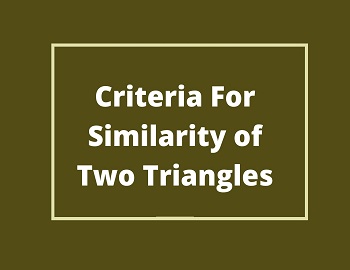
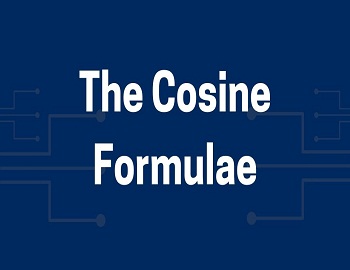
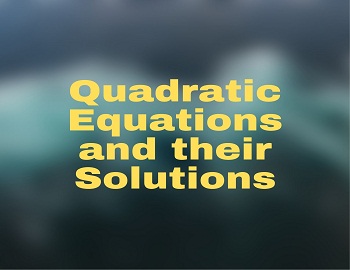
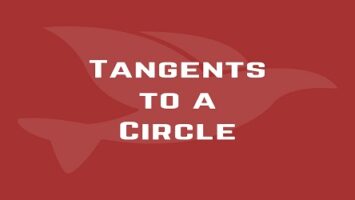
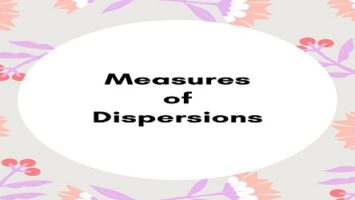
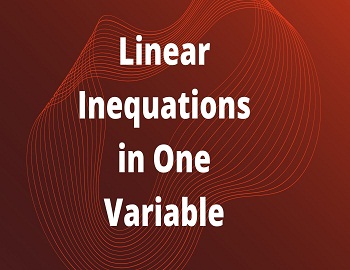
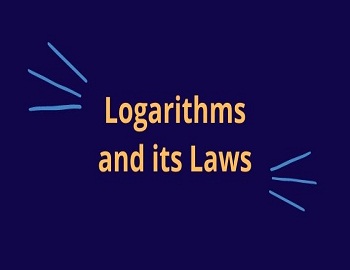
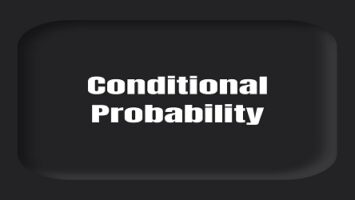
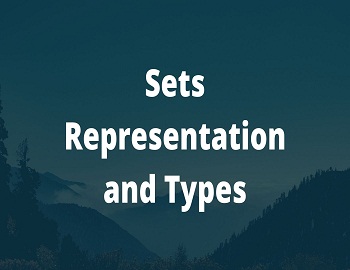
Comments (No)